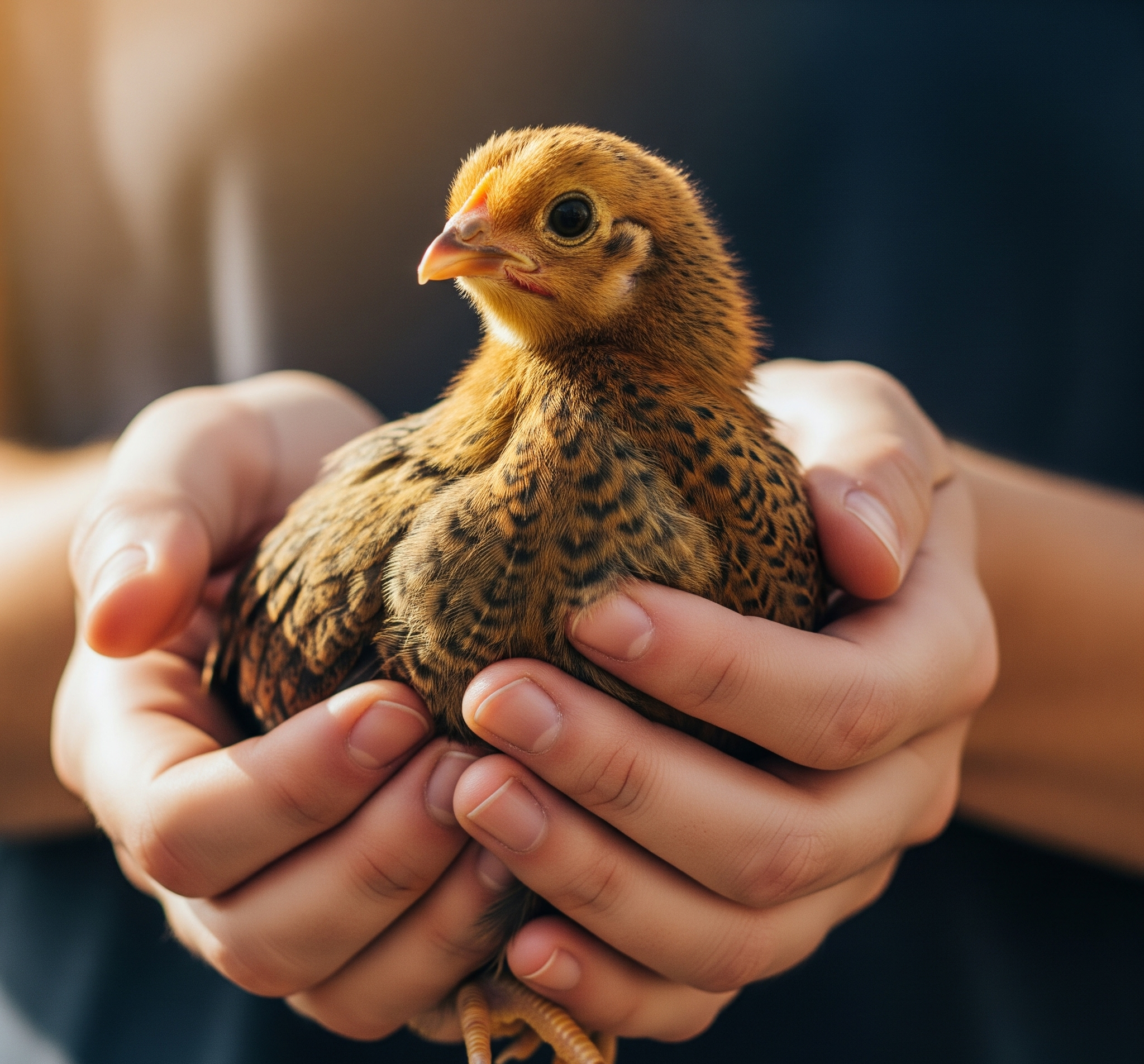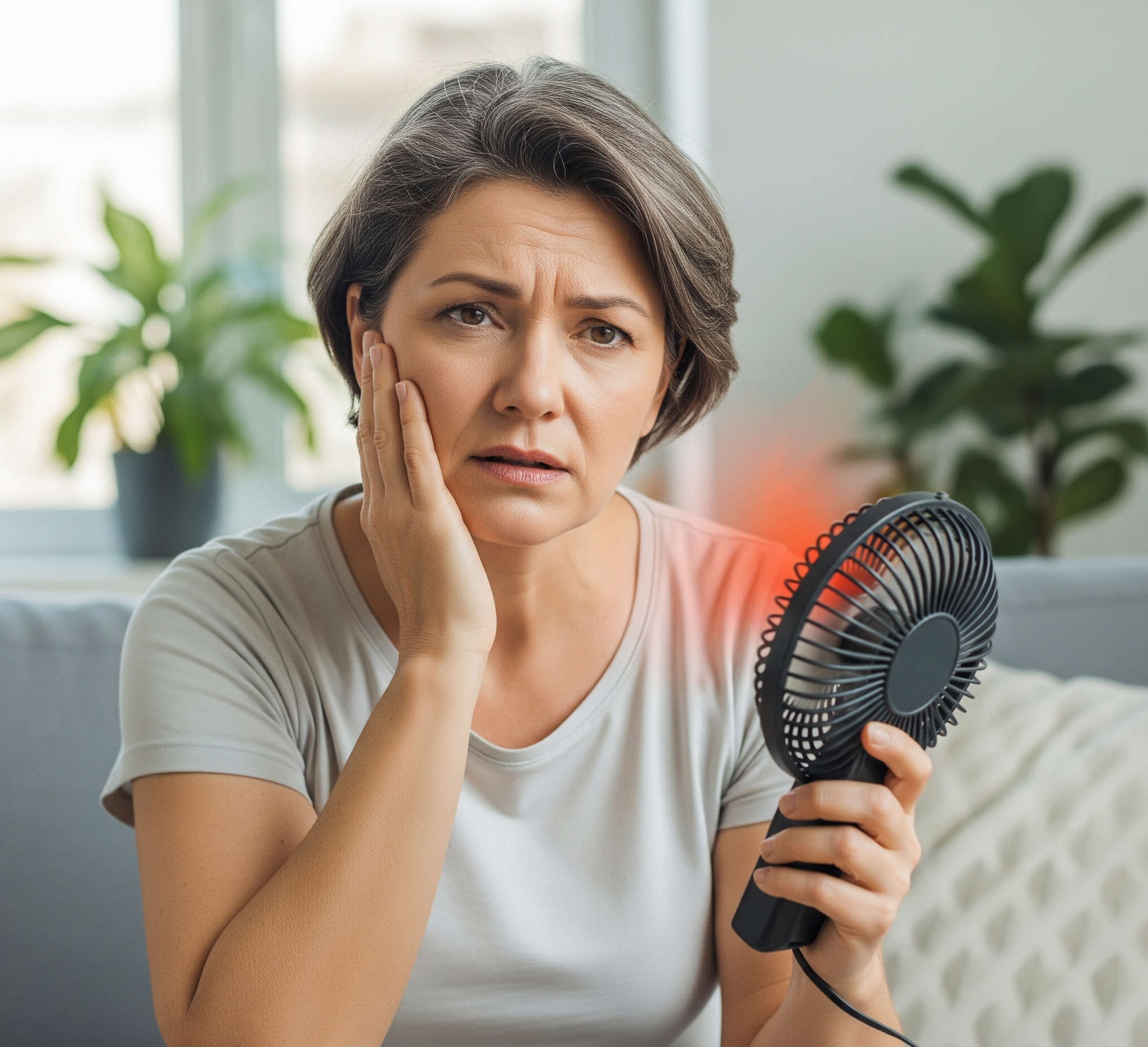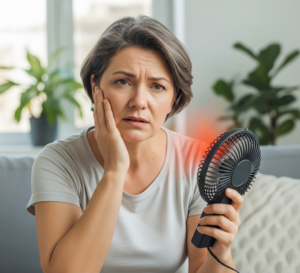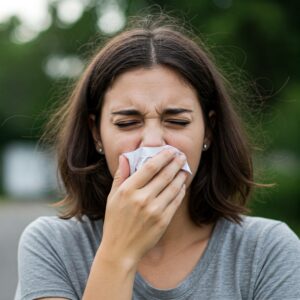Bird Flu: Symptoms, Spread & Prevention Tips
Avian influenza, commonly called bird flu, is a viral infection that primarily affects birds but can occasionally spread to humans. The H5N1 strain is particularly concerning due to its high mortality rate in humans.
Check out our affiliate products to help you reach your goals! – Click Here
Symptoms in Human
Most cases occur after close contact with infected birds. Symptoms appear 2-7 days after exposure and may include:
- High fever (above 38°C/100.4°F)
- Cough and sore throat
- Muscle aches and headache
- Difficulty breathing
- Pneumonia (in severe cases)
Seek immediate medical help if you develop these symptoms after contact with birds.
How It Spreads
- Direct contact with infected birds (alive or dead)
- Contaminated surfaces (feces, saliva, or bird secretions)
- Rare cases of human-to-human transmission (only with prolonged close contact)
At-risk groups: Poultry workers, veterinarians, and travelers to outbreak areas.
Diagnosis & Treatment
- Tests: Nasal swabs or blood tests (PCR)
- Antiviral drugs: Oseltamivir (Tamiflu®) or zanamivir (Relenza®) – most effective within 48h of symptoms
- Hospitalization may be required for severe cases
Check out our affiliate products to help you reach your goals! – Click Here
Prevention Measures
Avoid:
- Live bird markets
- Contact with sick or dead birds
- Raw eggs or undercooked poultry
Do:
- Cook poultry to 74°C/165°F (kills the virus)
- Wash hands after handling raw meat
- Report dead birds to health authorities
Note: For personalized medical advice, always consult a healthcare professional.














Publicar comentário